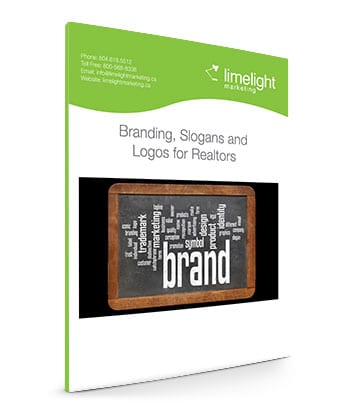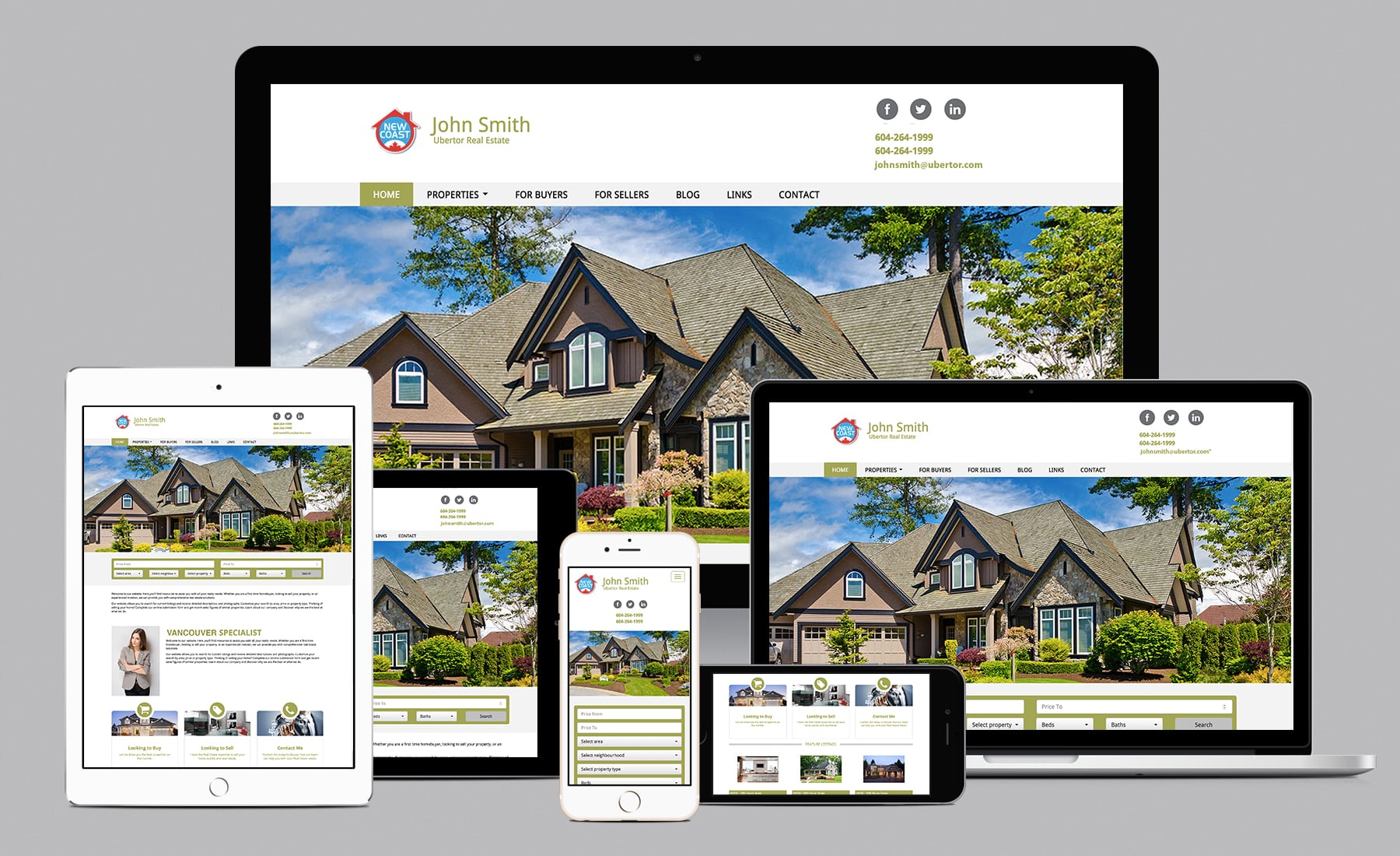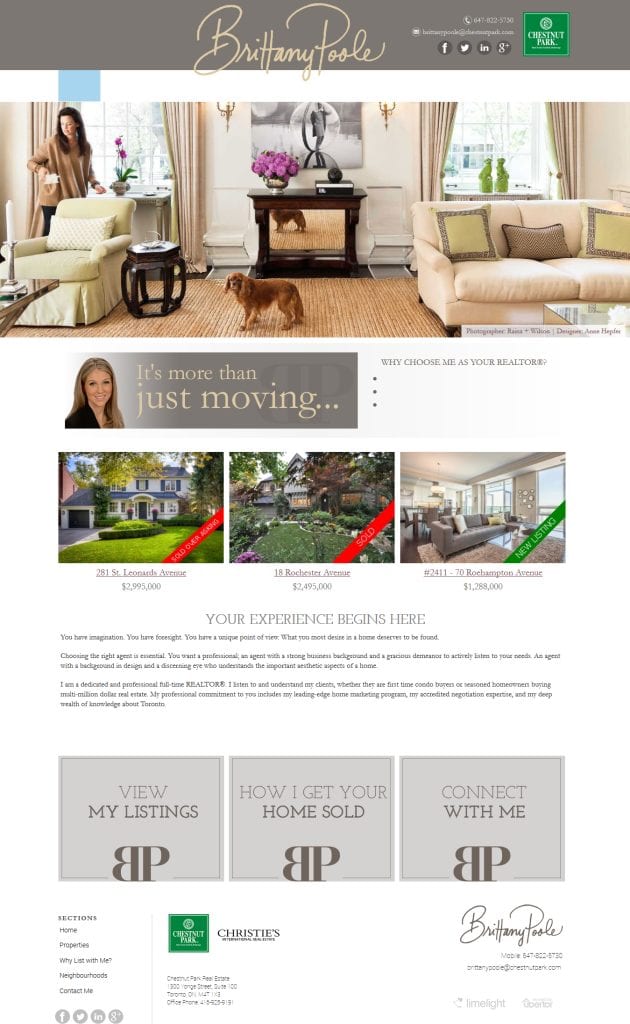
Do you ever wonder why you are not getting referrals from your sphere of influence; the friends, family, clients, business associates and alliances that know you best?
It usually boils down to two or three problems all of which we are guilty of at one time or another.
1. You are not asking them for referrals.
2. They don’t know you need referrals.
3. You don’t follow up and acknowledge referrals.
Why don’t people automatically refer business to you?
For the same reason you are not referring business to them. People are busy, they forget about you in their day to day life, they are not sure what exactly you do or that you even want referrals.
Our basic human nature is to help others, but we also don’t want to impose ourselves on others. In the absence of a clear message from you that you are building your business on referrals it is implied that you are doing fine without them.
I think there are four main elements involved in generating referrals:
1. Networking – business and social
2. Marketing – All of the visible, written aspects of spreading your brand
3. Communication – verbal activities related to contacting your sphere of influence
4. Responsiveness – The follow up of the referral and the recognition of the person referring
You need to be good at all four of these elements to build a successful referral business.
Networking
Networking is all of the activities, both social and business that bring you into contact with potential customers or clients. These activities should turn total strangers into warm prospects and potential referral business with a few simple follow-up steps. When you make a connection with someone and earn the right to contact them again you need to concentrate on building trust and communicating what you do effectively. You might send them a handwritten thank you note, an email or letter with your business card acknowledging your new relationship and your willingness to help each other.
Marketing
Your marketing efforts which include all of your printed material, web site, brochures and email stationery are the tools you use to communicate your brand and build awareness of your business. Pay careful attention to the message you are sending. When you meet people are you making excuses for your business cards? Are you adding additional information on the back that you should have had printed on there in the first place? If you have a picture on your business card does it look like you? When you follow-up with a referral does all of your marketing material communicate the same, professional image?
Communication
Communicating with your sphere of influence is vital to your success. Before the advent of email we used to phone or write letters to our sphere of influence. Now it is too easy to fire off a quick email or send a newsletter electronically and think we are actually reinforcing our relationships. Don’t fall into the trap that any communication is good communication. Pick up the phone. Talk to people. Tell them what you do. Ask how they are doing. Ask if you can help their business and ask them for referrals.
You need to develop follow-up systems tailored to the strength of the relationship you have with your sphere of influence. You can communicate too much. For example, your friends are part of your sphere of influence, but you might communicate 4 times a year through a birthday card, Christmas card, invitation to an event and a meeting at a social gathering. This might be all they need to remember that you would appreciate their referrals.
Clients who have recently worked with you should have their own follow-up system which might consist of an immediate thank you card follow-up; a personal letter within 6 weeks; a telephone call at the 3 month mark and then a monthly newsletter. The actual system you develop is going to be one that you can sustain and effectively communicates your message.
Responsiveness
Your responsiveness to both the referral and the person referring is also critical to the long term success of a referral relationship. Bottom line is that when we refer someone we want to feel appreciated by both the person we are referring and the person who we referred them to. If you do not respond in a timely, professional manner it is a reflection on our judgment and it doesn’t take too many complaints from people we are referring to cut off referrals.
Conversely, if we do not receive recognition for a referral it does not take long for us to feel unappreciated and fall back into forgetting about your business.
There is no foolproof system for building referral business, but I do know this about most businesses:
- You need to be actively networking in business and social environments to grow your sphere of influence.
- You need to use the phone and written communication more than you use email.
- You need to communicate effectively what you do and what types of referrals you are looking for.
- You need to respond promptly to referrals.
- You need to thank people for referrals.
- You need to refer to people in your sphere of influence.
Check out our series of more than 20 Marketing For Realtors E-Books by clicking here. Don’t be afraid. We may never contact you and worst case we will email you once. Not a bad trade for access to our experience.
Download and share this E-Book as a pdf by clicking here.




 demonstrate that you care about them too by ensuring they can meet new people and potentially help their businesses too. Keep in mind some of these events will be high touch and some will allow little contact with your clients.
demonstrate that you care about them too by ensuring they can meet new people and potentially help their businesses too. Keep in mind some of these events will be high touch and some will allow little contact with your clients.







